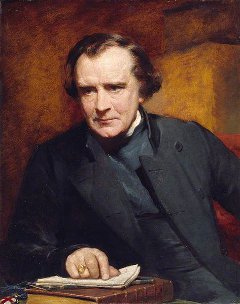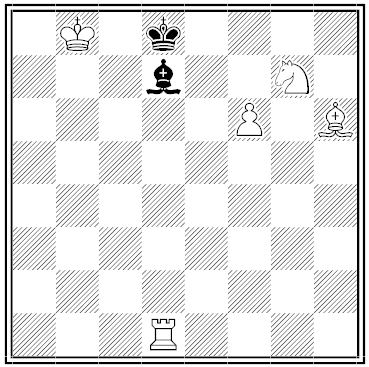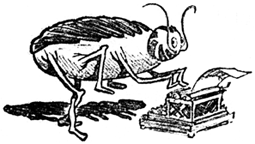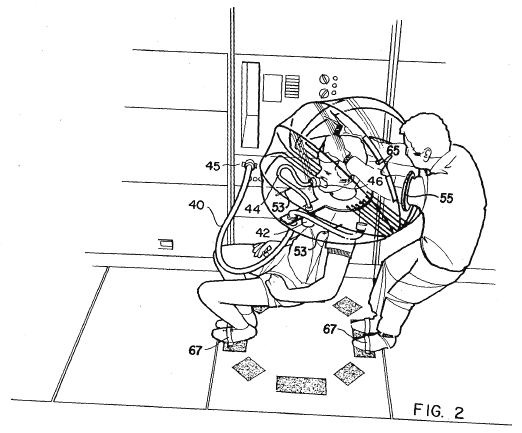
Bishop Samuel Wilberforce was fond of riddles. After his death in 1873, this one was found among his literary papers:
I’m the sweetest of sounds in Orchestra heard,
Yet in Orchestra never was seen.
I’m a bird of gay plumage, yet less like a bird,
Nothing ever in Nature was seen.
Touch the earth I expire, in water I die,
In air I lose breath, yet can swim and can fly;
Darkness destroys me, and light is my death,
And I only keep going by holding my breath.
If my name can’t be guessed by a boy or a man,
By a woman or girl it certainly can.
No one knows the answer.
07/05/2013 UPDATE: A great many readers have sent me proposed answers since I posted this item. The overwhelming favorite is “a whale” (or “orca”); others include “a woman’s voice” and “a soap bubble.” The latter was favored by Henry Dudeney (in his 300 Best Word Puzzles) — he, like everyone, is confident of his solution:
“We have no doubt that the correct answer is that we gave (apparently for the first time in print) in the Guardian for 6th February, 1920. This answer is the word BUBBLE. It is an old name for Bagpipes, the word exactly answers every line of the enigma, though the final couplet may be perplexing. The explanation is that ‘Bubble’ is an old name for breast.”






